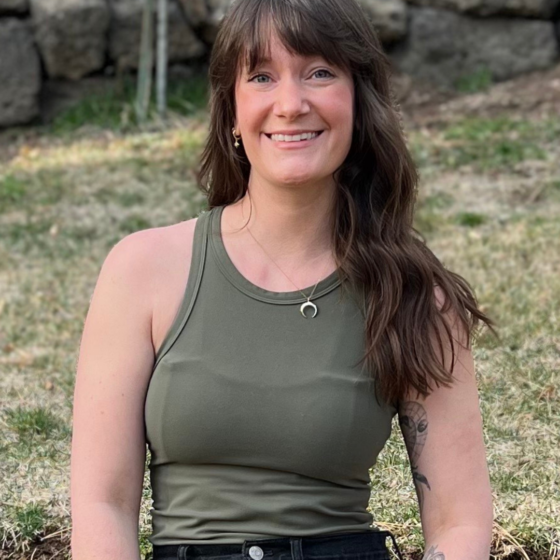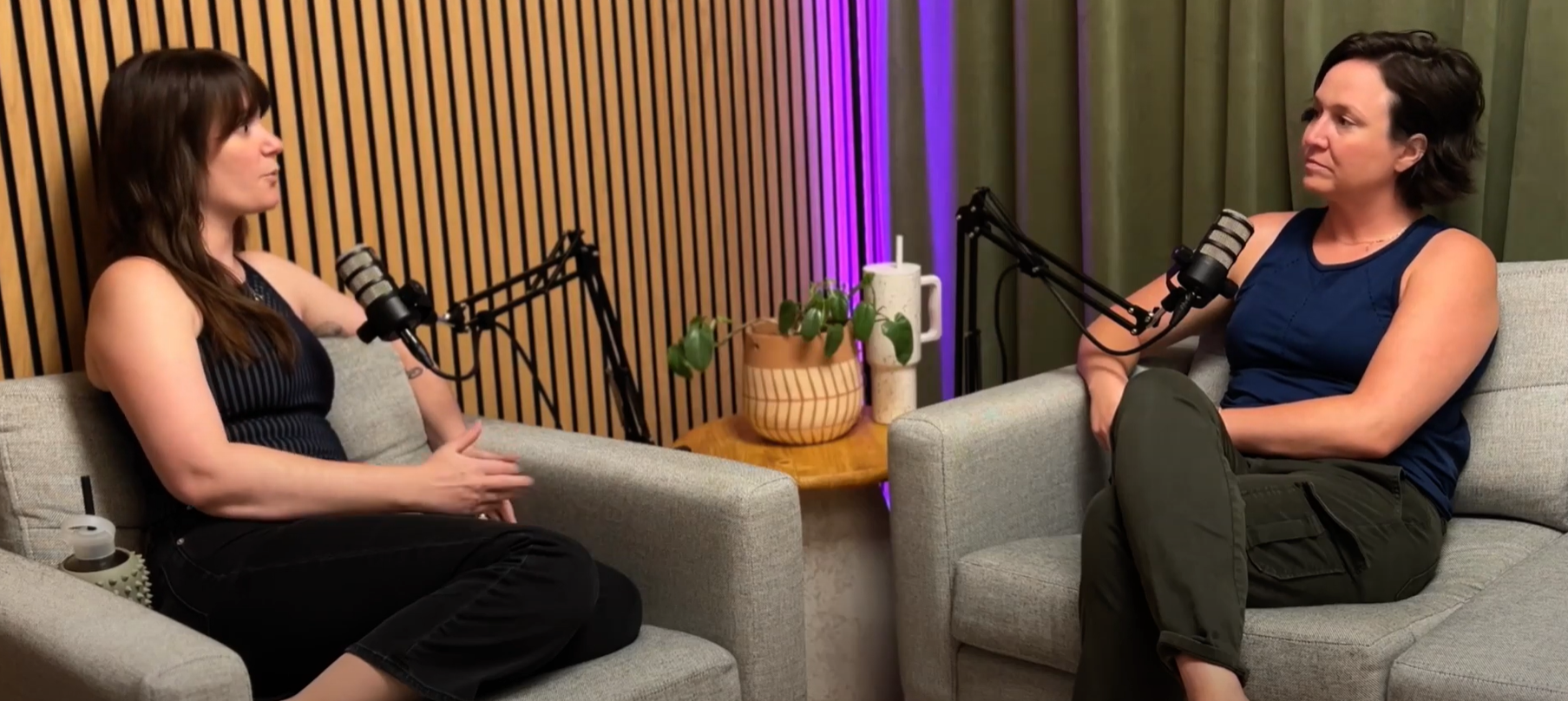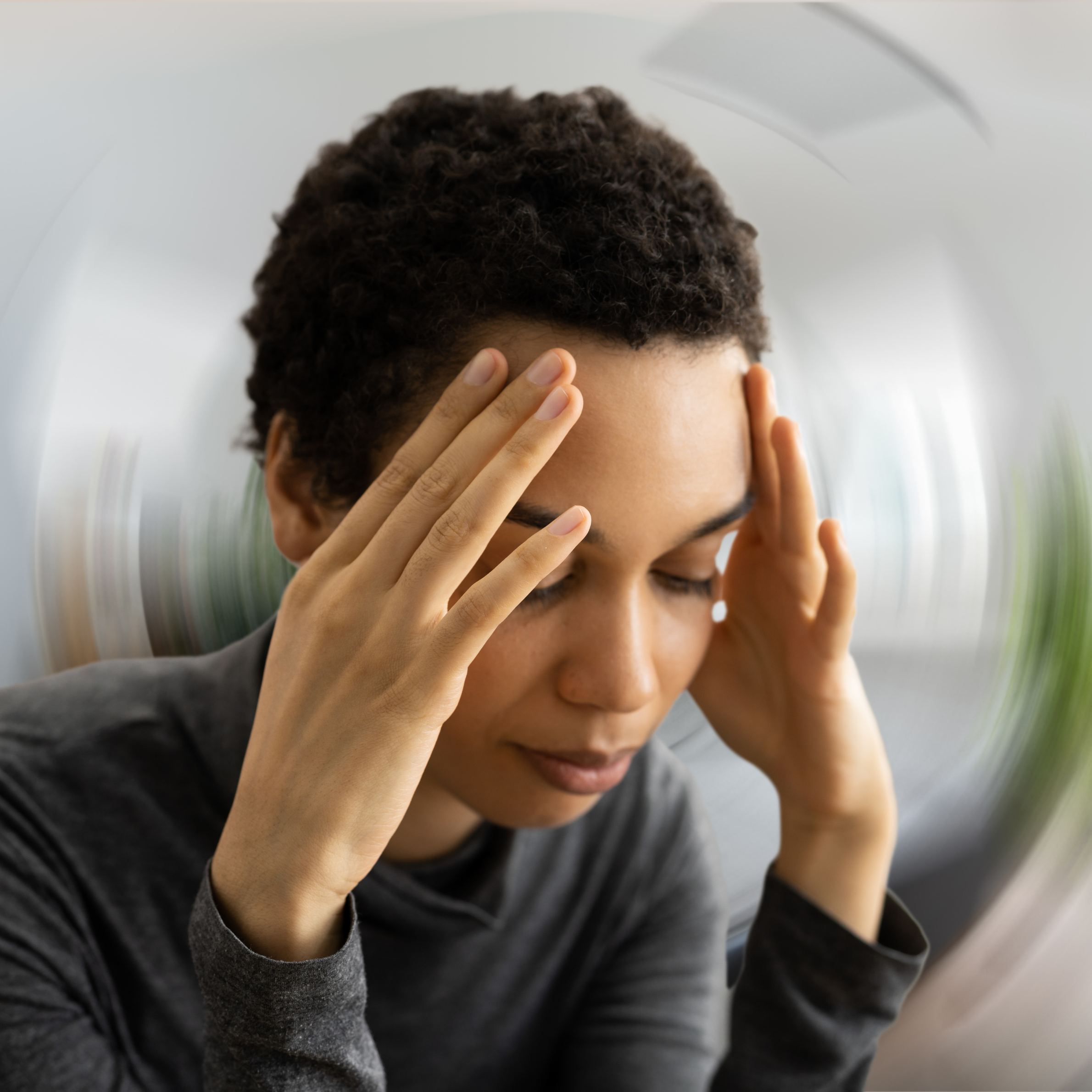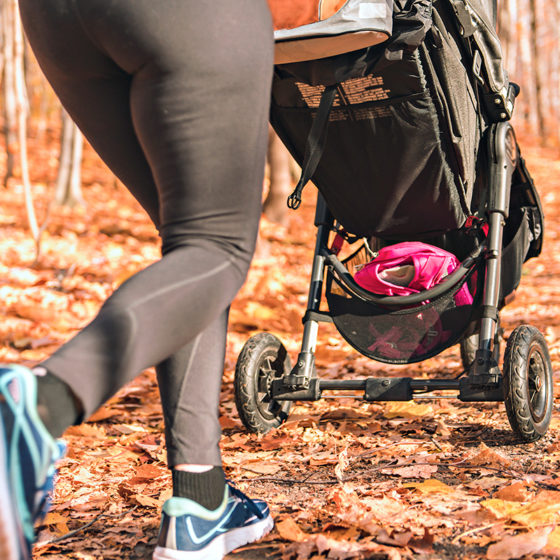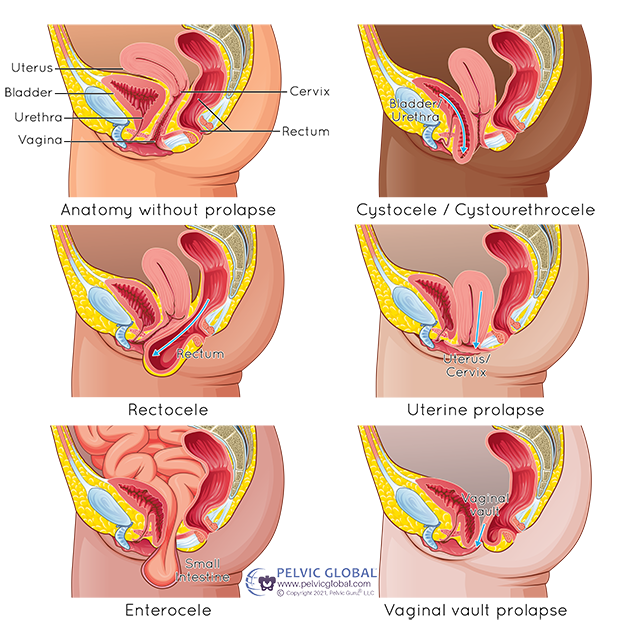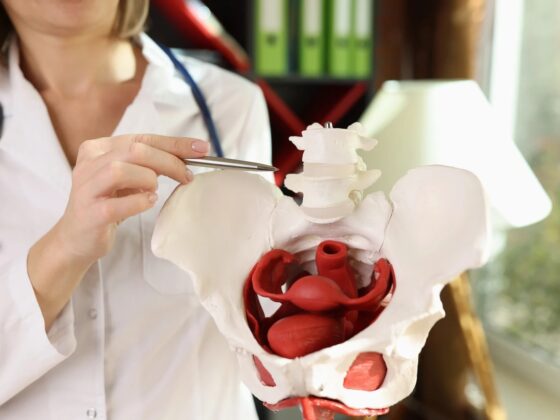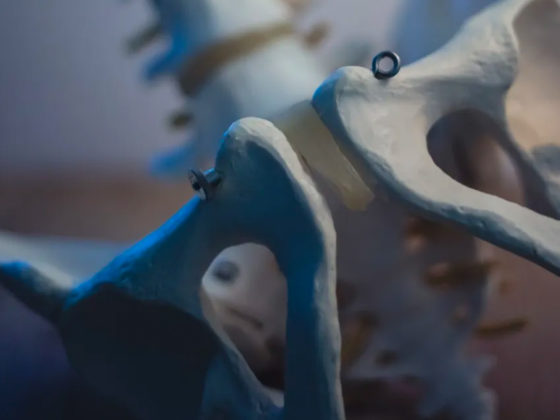With a greater range of motion to manage, joints can end up relying on bone closure or hyperextension for stability, or waiting for the nerve itself to stretch before tendons can react and protect these sensitive tissues. Hypermobile individuals often report “muscular tightness” despite appearing flexible, due to neural tension and perceived flexibility limitations.
Hypermobility can affect any joint in the body but frequently creates issues in the cervical spine, shoulder complex, and knee joints. Limited proprioceptive awareness of joints in space is a frequent cause of injury in people with hypermobility. This altered perception can lead to frequent injuries due to lack of attention, quick directional changes, or poor balance protection responses.
Ligamentous laxity can lead to subluxations and dislocations, or a nagging sensation of instability. Joints that don’t feel safe can benefit from techniques to improve proprioception, including stabilization exercises, external feedback techniques like kinesiotaping, and motor control programming. Learning how to manage joints that experience instability and activate musculature appropriately before activity is essential to staying active and enjoying being active.



